Author, artist, advocate, social entrepreneur Mary Fisher is a global leader in the arena of social change through positive thought and action. Her early experience first in public and commercial broadcast media, then in high-profile positions, she was the first female “advance man” in the history of the American presidency, equipped her to urge transformation in healthcare, revise perceptions and responses to AIDS, enable women’s global empowerment through and inspire others to seek fulfilling, joyful lives.
A renaissance woman, Mary landed on every front page with her stunning keynote address speaking truth to power at the 1992 Republican National Convention, a speech since ranked among “the best 100 American speeches of the 20th Century” (Oxford University Press). Diagnosed with HIV in 1991 and with breast cancer in 2012, she retains an exuberant, eclectic style in her life, her words and her design.
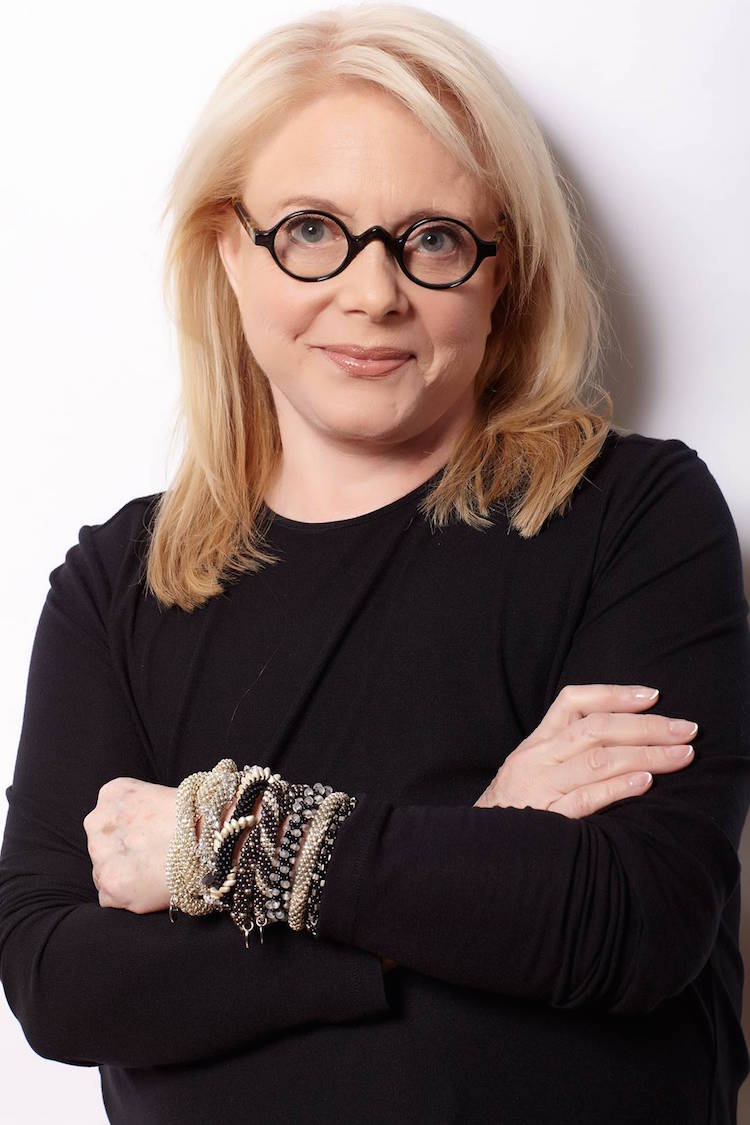
She has trained women worldwide to use her original concepts to find pride and dignity in work. The recipient of four honorary doctorates and countless tributes, Mary’s an outspoken advocate for the most vulnerable members of society. She’s addressed governments and audiences around the world, authored six books including her current best-selling memoir, Messenger, and is currently launching the latest expression of her creative philosophy, The 100 Good Deeds Bracelet sold in partnership with “America’s Department Store” on macys.com.
Her sculpture, handmade papers, jewellery and fiber arts, earned kudos while she refined a design aesthetic that is at once elegant and accessible, subtle and contemporary.
In this in-depth interview Mary invites us into her studio and we discover what her preferred techniques and processes are. Perhaps more thrilling, we glimpse into the creative mind of this truly inspirational artist.
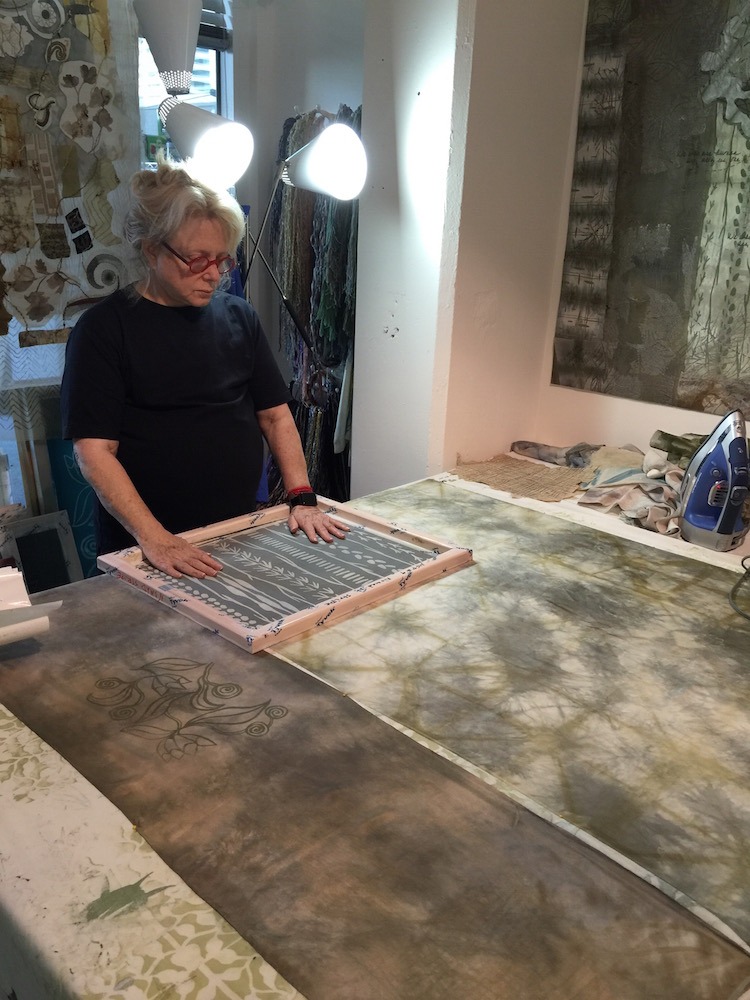
TextileArtist.org: What initially attracted you to textiles as a medium?
Mary Fisher: What a great question! The truth is, I fell into textiles during my high school years because there was a loom available to me, and a teacher who showed me how to use it.
Sitting at the loom was magic for me. When I had spare time, and when I was in class I would weave and fall in love with the rhythm of making textiles. During those adolescent “down” moments, I’d go to the loom for comfort. The sound of the loom and the feeling of textiles came together in the most wonderful way.
Ever since that time, my art has had a tactile component: I touch, I hold, I feel….
And, more specifically, how was your imagination captured by stitching and then Jewellery?
Stitching and making jewellery aren’t foreign to each other. They both involve taking raw materials and creating, with your hands and eyes, something that’s not existed before.
I’ve always designed and made jewellery, and most of my current work has involved women in africa for whom jewellery-making has created work that provides food, education, healthcare and hope.
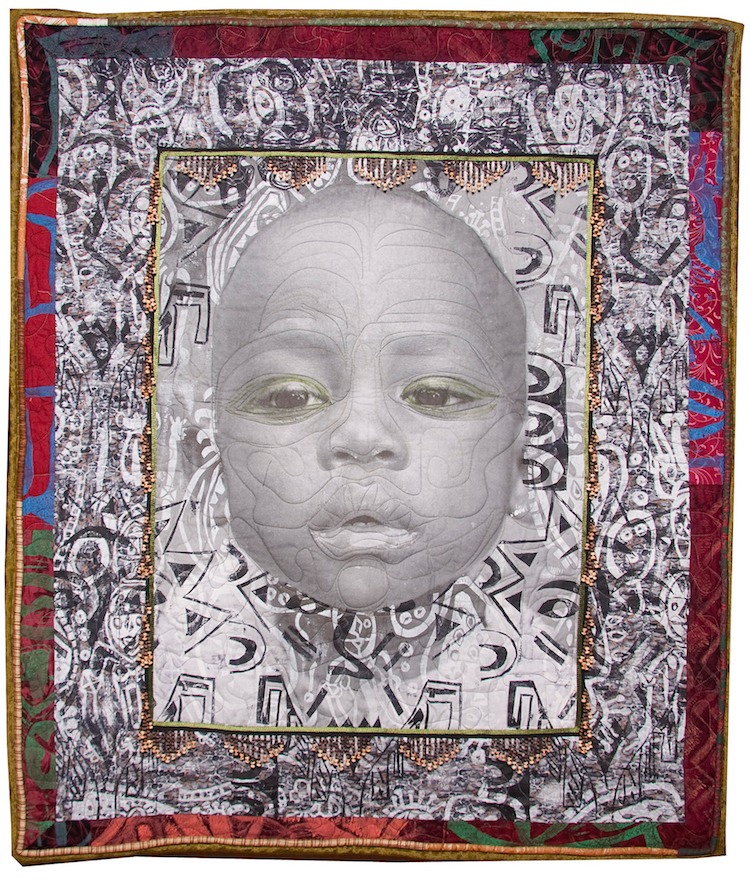
A home where art was valued
What or who were your early influences and how has your life/upbringing influenced your work?
I suppose I was influenced in ways I didn’t even realize as a child and young adult. My mother has always had a keen eye for design, colors and textures. I was privileged to grow up in a home where art was valued, and where beauty was seen as important, wholesome – not just silly decoration.
Although i’d always dabbled in various forms of design, even starting a cottage-industry home déc company as a young adult, I think the breakthrough moment for me was when a trusted person looked at what I was doing and said, believably, “Mary, you’re an artist.”
I was so shocked that I was disbelieving. But that moment, which happened more than thirty years ago, spun my thinking about who I am, what I do, and how I can make a difference in the lives of others.
What was your route to becoming an artist?
The truth is, it hasn’t felt like a ‘route’. It has felt mostly like stumbling from one thing to another and, along the way, learning, exploring, discovering…and gaining the confidence to do what i’ve not done before.
Learning to risk something new is critical to being an artist or a designer.
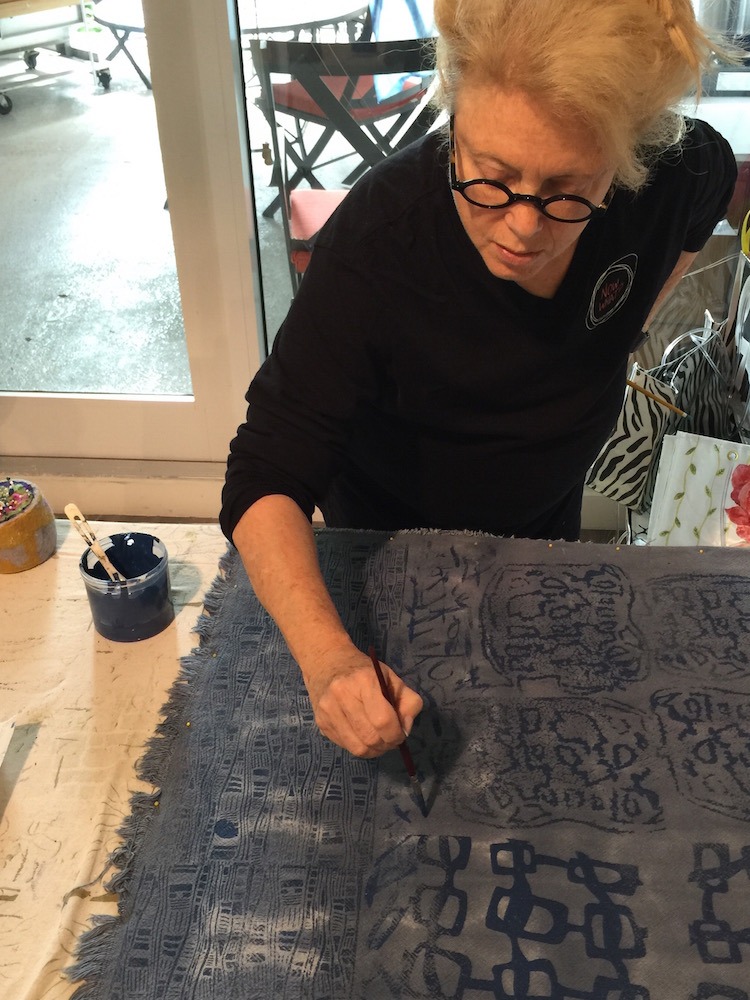
Tell us a bit about your chosen techniques.
Almost everything I do begins with raw materials. I make my own paper, and have done papermaking since the mid-1980s. I explore all the options of raw materials from film and photography to weaving to threads and textiles.
I have sketch books in which i’m constantly doodling and drawing and writing and, oh, probably writing grocery lists sometimes. But the sketch books also contain ideas, images, notions that have occurred to me when i’ve been on an airplane or at home or in the studio.
Not everything I do comes from the sketch books, but a lot of it does.
Other things just happen. I’ll be in my studio and a piece of sculpture will catch my eye, or I’ll touch a piece of fabric on which I’ve been working and I’ll imagine something totally different. Then I let my hands, my fingers, do what they want to do. I see it happen myself; I’m not guiding it so much as following it.
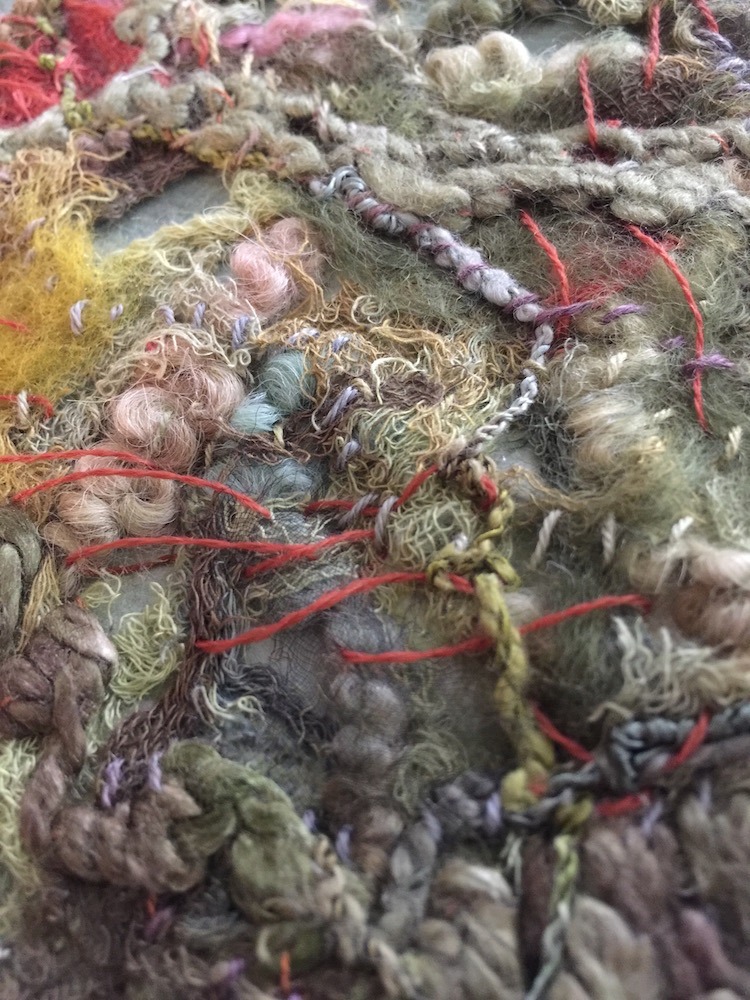
How do you use these techniques in conjunction with stitching?
Stitching is one of the ways to bring together fabrics and colors and other materials. It’s often a finishing technique.
I do nearly all my stitching by hand, slowly, which lets me really see and feel what’s emerging. Sometimes the stitching involves embroidery. Sometimes it introduces new colors or feelings – it’s a very tactile part of the work.
Whatever it is that I’m creating in fabrics, goes from pieces to a whole with the final stitching which is why I love doing it by hand, gently, carefully.
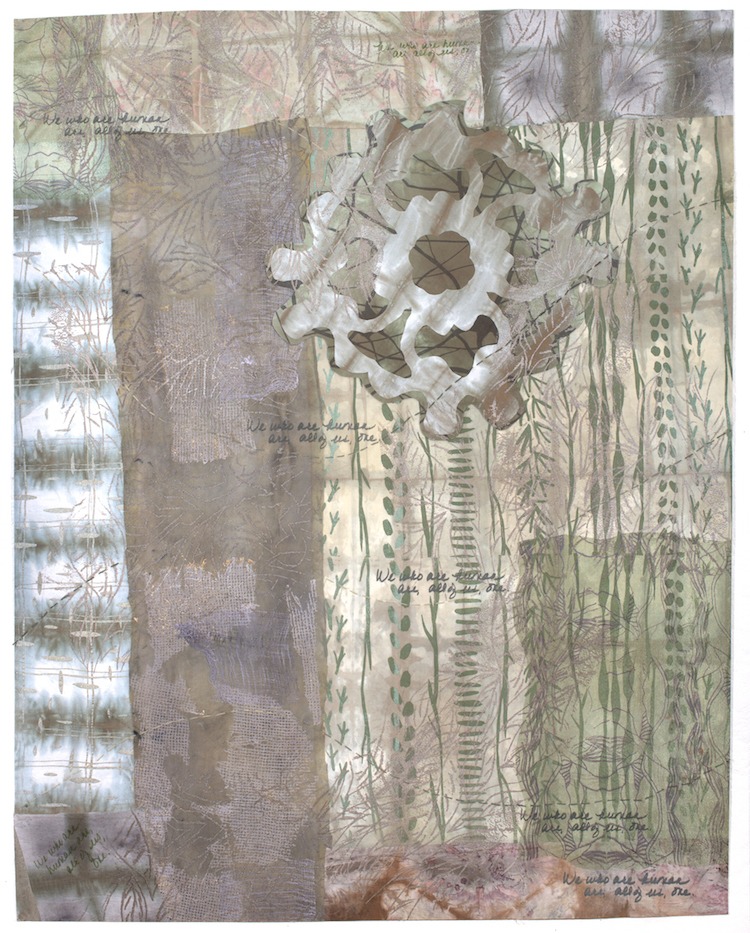
Forms of self-expression
How would you describe your work and where do you think it fits within the sphere of contemporary art?
Doing designs that find their way into wonderful fabrics with my partners at Lee Jofa has been a great joy. It allows me to run the full gamut of ideas, because the people at Lee Jofa are incredibly skilled at amazing reproduction.
When I first was introduced to the people at Kravet and Lee Jofa, they were as interested in my layering techniques and handmade papers as they were in my textiles and portraits. They wanted to see everything. And I’ve learned with or from them that everything I’ve done – all the different forms of self-expression – will find its way into my designs.
On the other hand, I never think of the designs as the “end product” of what I’ve been doing for a lifetime. They are the next step, today’s expressions of what I’m experiencing in life. Tomorrow will be new and, without doubt, different.
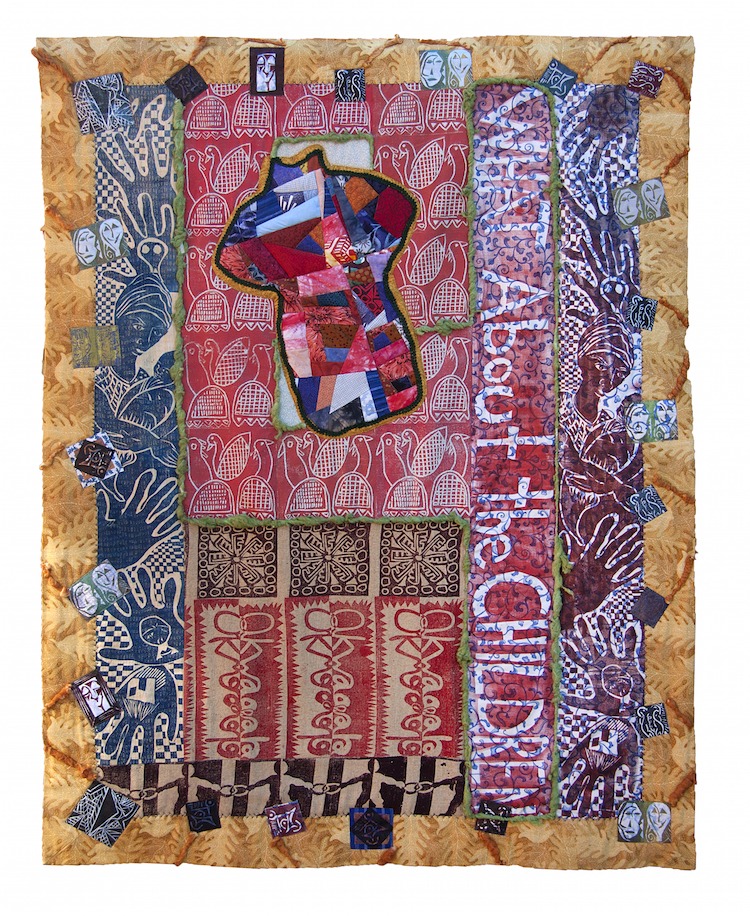
Tell us about your process from conception to conclusion.
This is such an interesting question because it assumes, fairly enough, that the process of design has a beginning and an end, and that getting from one to the other is a linear process. Perhaps for some people that’s true: they have an idea and they go execute it. But that’s typically not my experience.
For me, my art emerges as I’m doing it. I don’t start with a guaranteed final product in mind. Rather, I start to see what I might discover by combining these fabrics, those colors, this photograph, that idea or word or image – and I see what results. As the work emerges, I refine it, shape it, change it…sometimes dump it.
It feels to me, honestly, like I grow art and design. It’s an organic process of allowing your soul to express itself without limiting that expression to a pre-conceived idea.
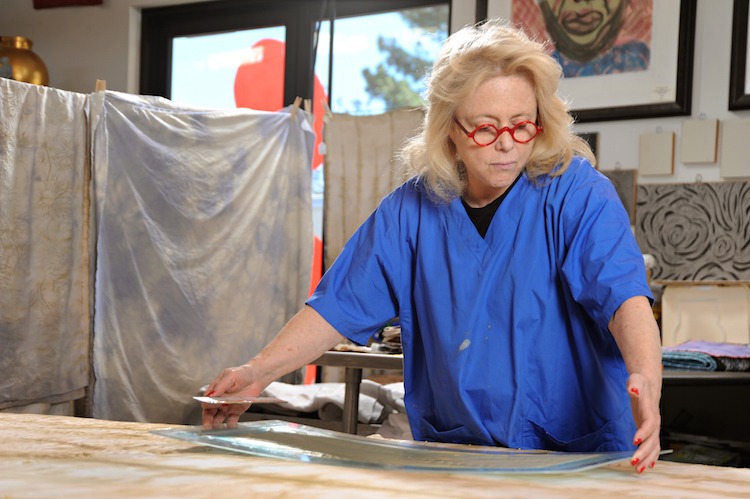
What environment do you like to work in?
I’m spoiled. I have a studio. I realize not everyone has such space and equipment, and I’m really grateful for it. The light is good, we can have music or conversation or quiet; the place oozes creativity. When I walk in, I hear myself say, “I’m home….”
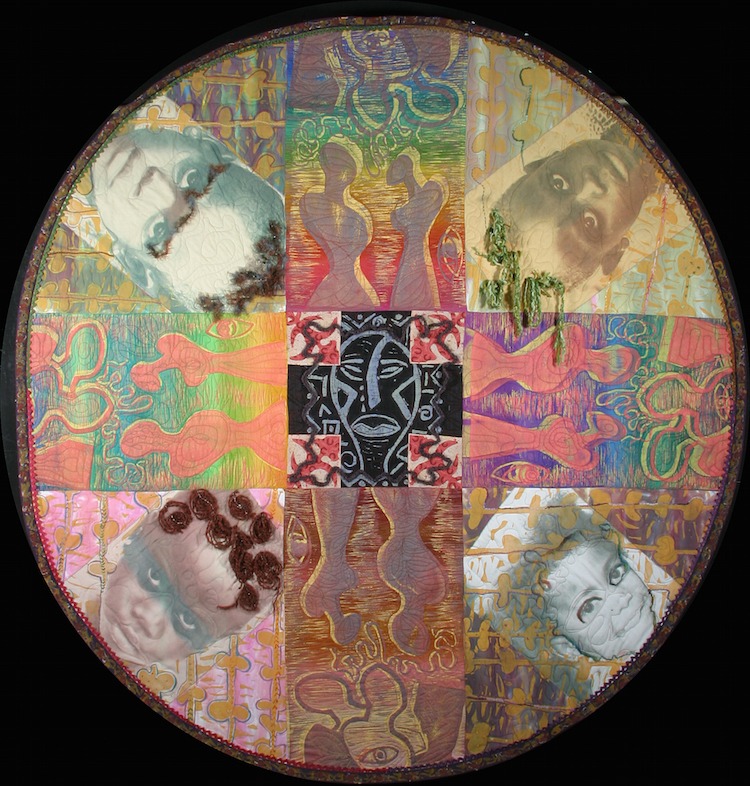
From thunderstorms to violets
What currently inspires you?
I suppose it’s a frustrating answer but, truth is, everything inspires me. If I can see something, feel something, even hear something, that will become the stimulus for me to start moving my hands and fingers, to start bringing together shape and color and feel.
I’m as inspired by the contented gurgling noise an infant makes while nursing as I am by spectacular thunderstorms or the sight of a violet hiding in the grass.
Who have been your major influences and why?
I’ve been influenced most by people I admire whether they are artists or designers, or not. If they are creative, and so courageous that they’re willing to put their creativity out in public for critique and criticism and, possibly, acceptance – these are the folks who have made a big difference in my life.
Jan Beaney and Jean Littlejohn have taught me how to see, and how to take those sights and make textures out of them. They’re my heroes!
I have a friend, Larry Kramer, who’s a playwright; I have friends who are actresses and authors, dancers, painters, hair stylists…all of them have the same two character traits: creativity and courage.
One of the friends who frequently comes to my studio is a woman who’s been managing her cancer for years and years. She’s known pain that most of us can’t imagine.
You want to know what’s been a major influence on me and my art? I’m moved when I see her smile.
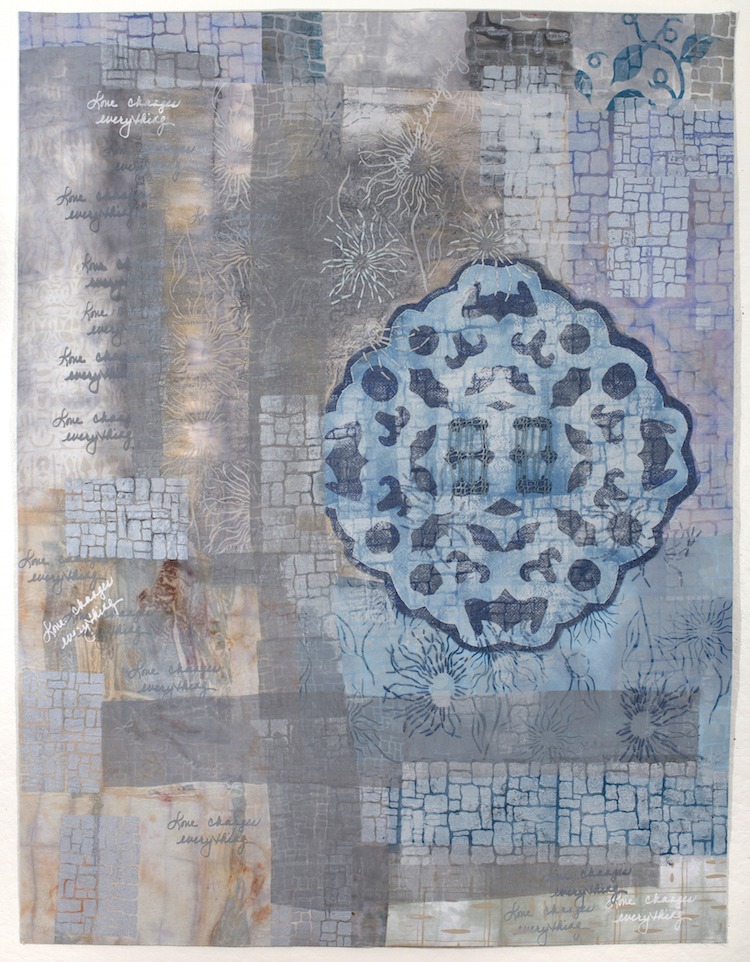
Controversial art
Tell us about a piece of your work that holds particularly fond memories and why?
Oh, I don’t know. That runs perilously close to saying that this piece is my favorite and that piece isn’t. I have a hard time thinking in that way – it’s like asking a mother which child is her favorite.
For humor, I always think of the sculpture I created in the mid-1990s when aids was killing everyone who was infected. I’d been invited to have the first one-woman exhibit in history in the united states senate’s massive rotunda. I was ecstatic at the opportunity, and all sorts of national media were getting ready to cover the opening when a senator decided my art was “controversial” and the exhibit was killed three days before it was slated to open.
The sculpture that troubled the senators most was a coffin-like box inscribed with the thought that we should come together as human beings in life, rather than death. I didn’t find that particularly dangerous but apparently they did.
By the way, we moved the exhibit a block away from the senate rotunda, and we opened the following monday morning with live coverage from NBC’s today show and others, all of it featuring that piece of sculpture.
I don’t think I’m more partial toward that sculpture than I am toward other pieces of my work, but I love to tell that story!
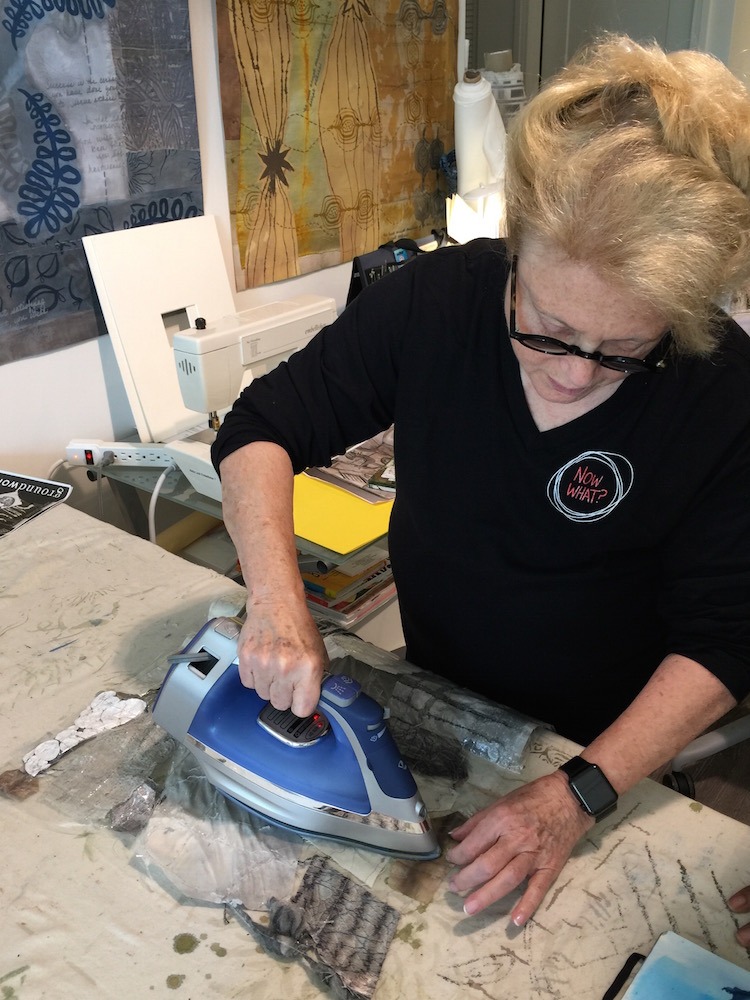
How has your work developed since you began and how do you see it evolving in the future?
I think that everyone, or at least every artist or person doing something creative, refines their own taste, their own decisions, their own “look” or “sound” with time. But how that happens isn’t clear to me. It just happens if we listen closely to our own souls and stay true to ourselves.
In my own case, I suppose that living with what was diagnosed as a terminal disease had some impact, but so did cradling my first (and second) son(s) and whispering that I loved them. Laughing hysterically at a broadway play – I attended The Book of Mormon so often the cast would sneak waves to me – it had an impact. So did holding the hands of dying friends, dancing with women in Africa, seeing the power of color and shape in the eyes of a child.
How will this evolve in the future? Who knows? I’d be satisfied just to have a future, a place in which I can continue to grow and explore and create.
What advice would you give to an aspiring textile artist?
I’m wary about telling others what to do, or how to be creative. I have too much to learn myself to pretend to teach others.
What I said earlier is really the crux of being an artist of any kind, whether we’re working in textiles or in other media.
We need to learn that it’s okay to create, to do what others haven’t done and we’ve not done before, ourselves, either. Just create. Try it out. It won’t hurt.
And then have the courage to show others. Start with friends who’ll be kind and work your way outward to strangers and, god help us, critics.
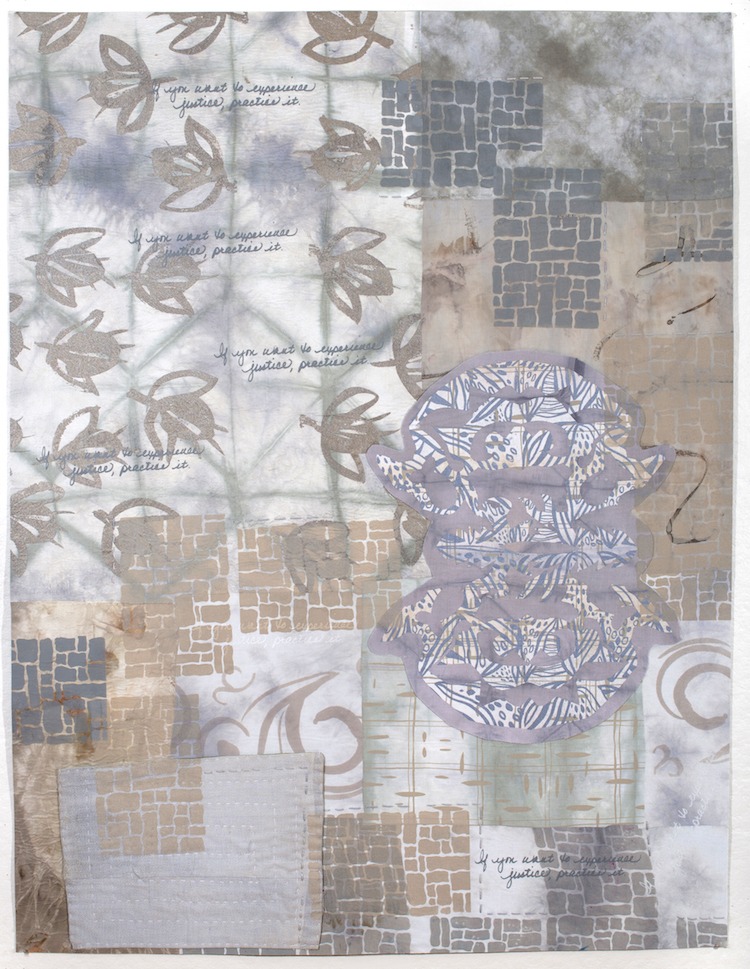
Can you recommend 3 or 4 books for textile artists?
Earlier I mentioned Jan Beaney and Jean Littlejohn. They have serious books listed under “Double trouble” and available on the internet. Any of their books is worth reading.
Or, how about if I suggest just one, written by a dear friend of mine and a person who’s been a wonderful mentor and collaborator? Her name is Jane Dunnewold, and her newest book is “Creative strength training: prompts, exercises and stories to encourage artistic genius.”
What other resources do you use? Blogs, websites, magazines etc.
I use every experience I have in life so, yes, blogs and websites and magazines and books and plays and remembering what it felt like to dance with Gregory Hines.
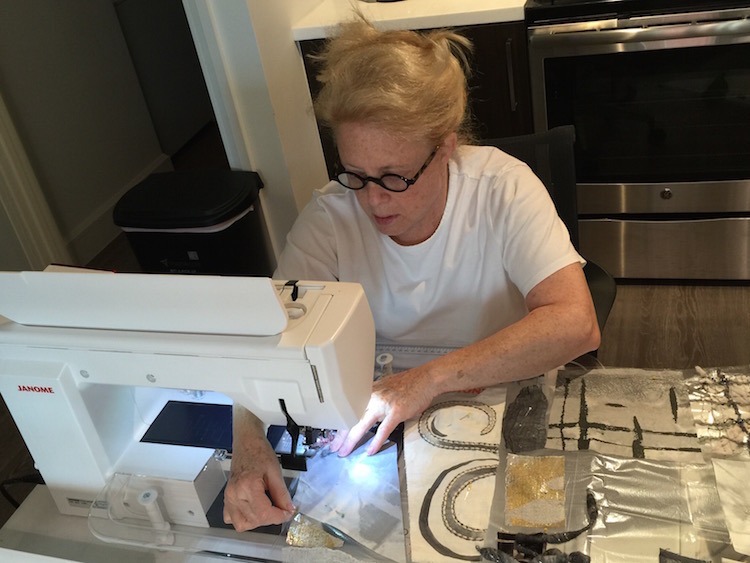
What piece of equipment or tool could you not live without?
My fingers. They are somehow connected to my soul, and they have a life of their own.
Do you give talks or run workshops or classes? If so where can readers find information about these?
I give a lot of speeches but they’re usually keynote addresses for conferences or graduation speeches at universities, medical schools, and so forth. I give speeches. And I’ll be speaking to designers around the U.S., and maybe elsewhere, as part of my relationship with Kravet and Lee Jofa.
Occasionally I will do a workshop or class for a specific technique or product, but almost always I do it because a friend in one of the professional associations has talked me into it.
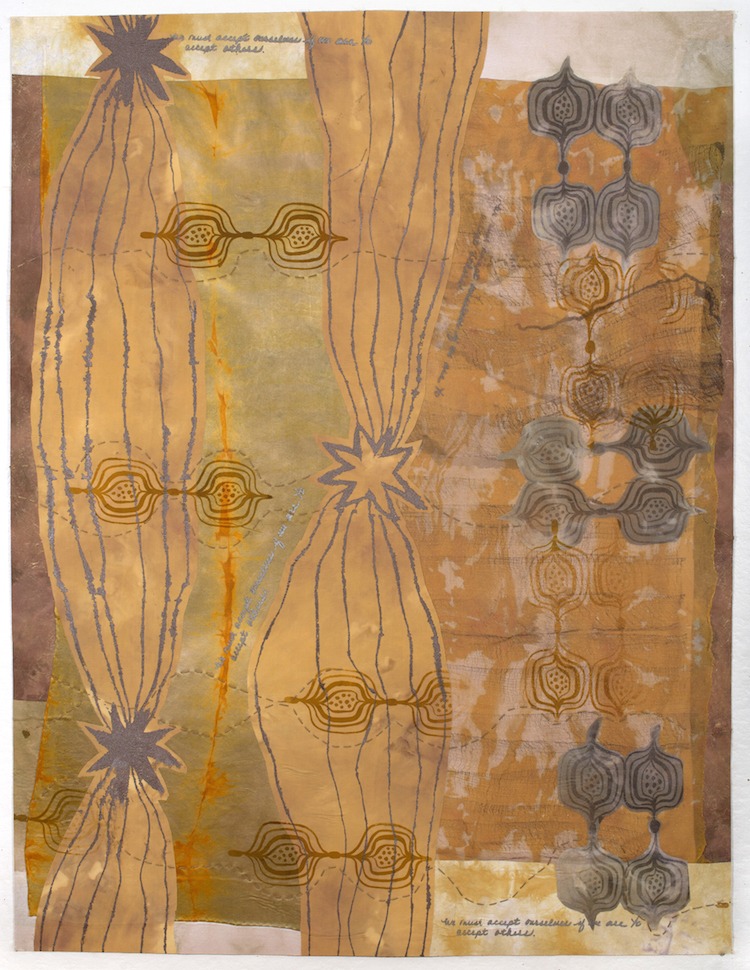
How do you go about choosing where to show your work?
Since I have a contract with Lee Jofa, they choose to show my designs in their showrooms and literature.
If someone wants to see them, they’re available on the Kravet and Lee Jofa website as the Mary Fisher groundworks collection.
We try to post advance notices of my public events on the Mary Fisher website.
For more information visit: www.maryfisher.com
If you’ve enjoyed this interview why not share it with your friends on Facebook using the button below?
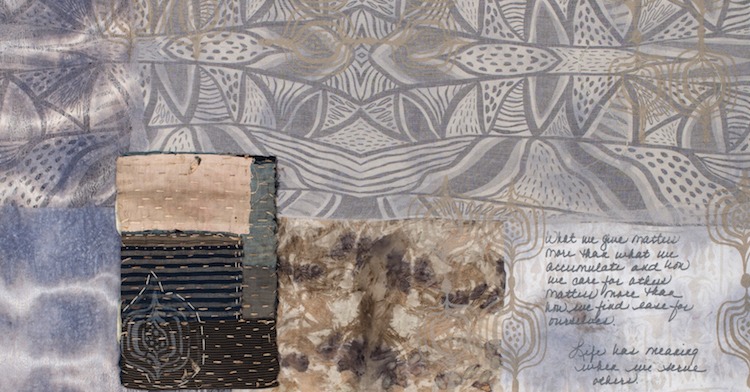
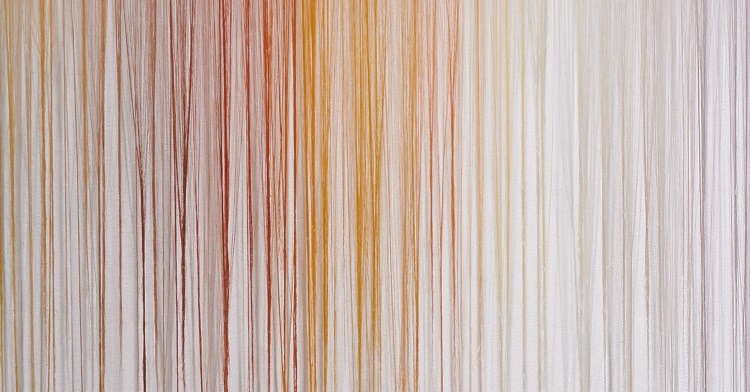
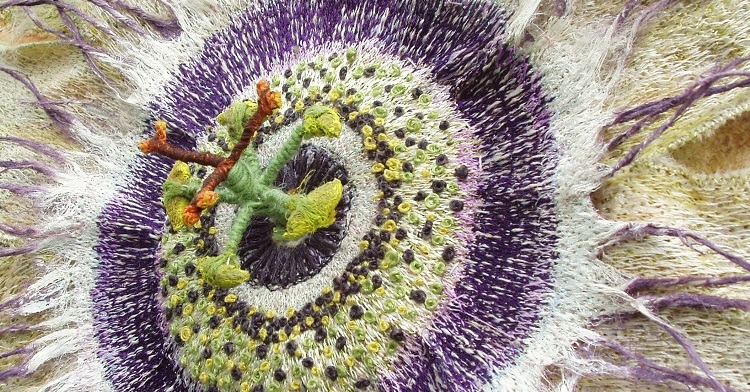
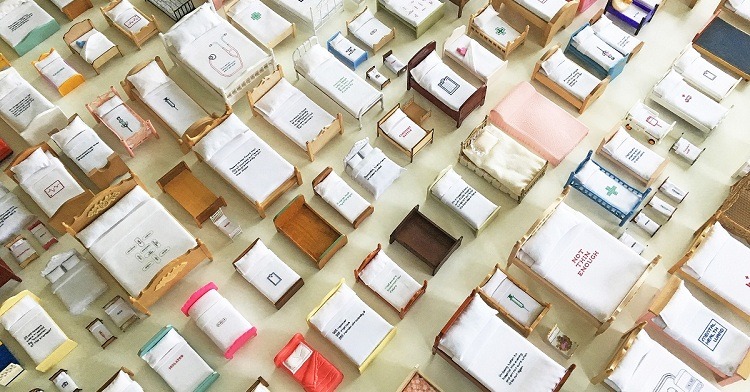
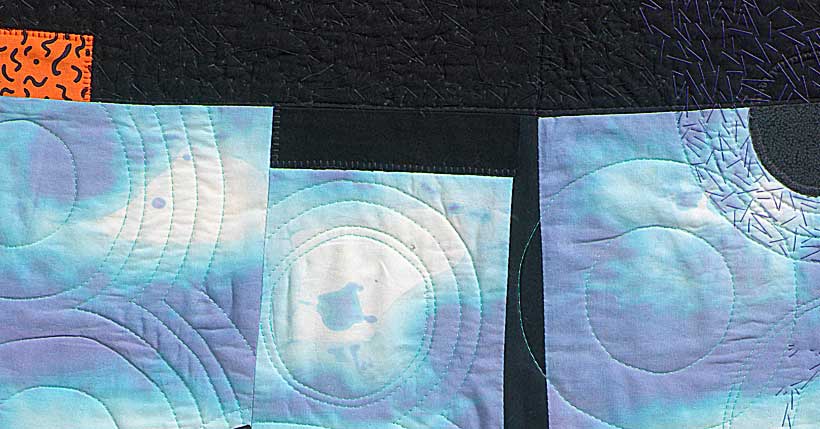
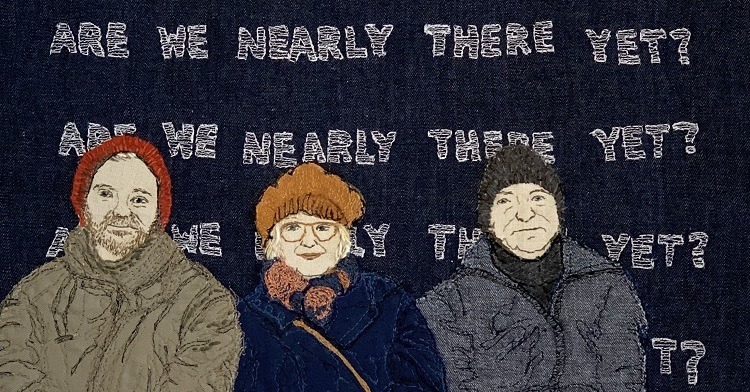
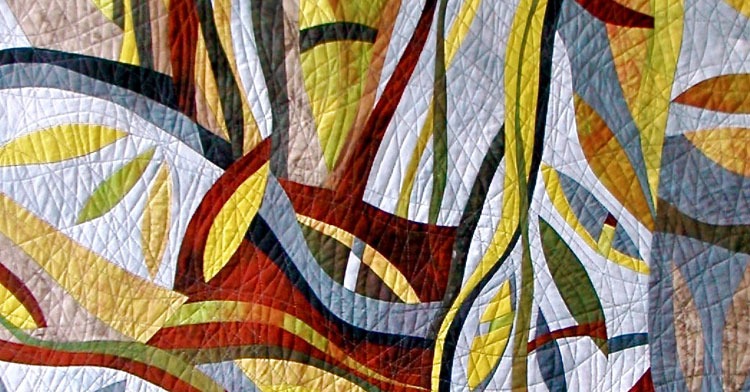
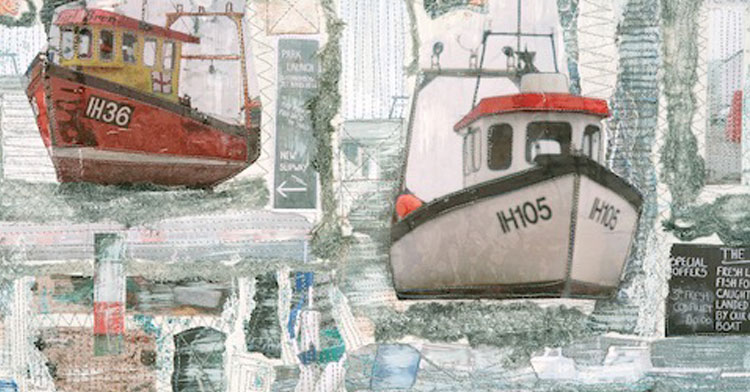

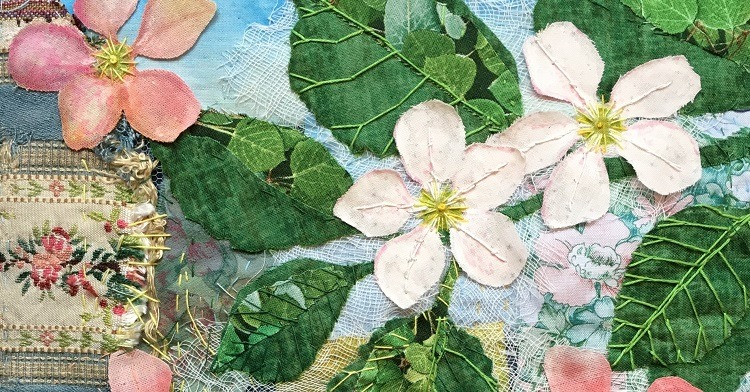
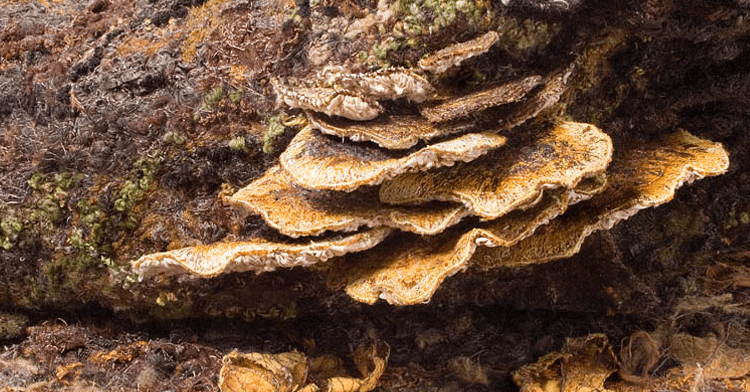
Comments